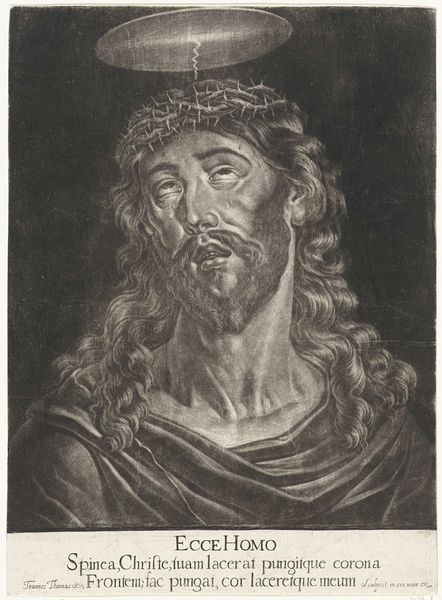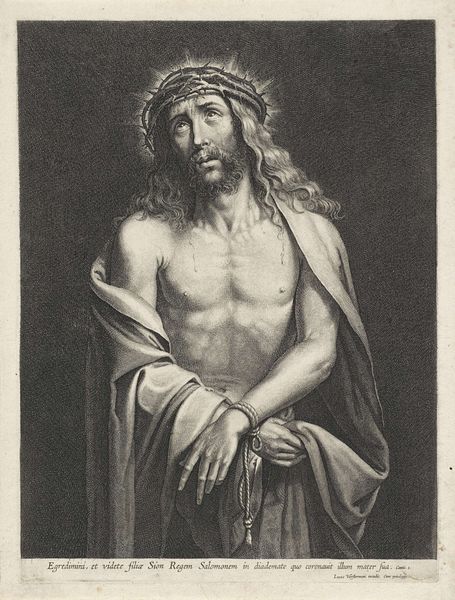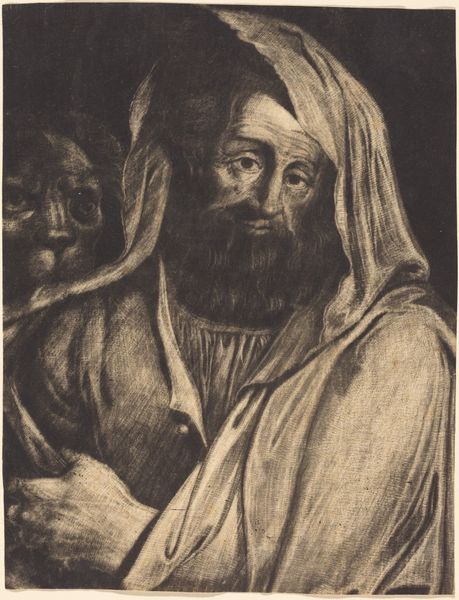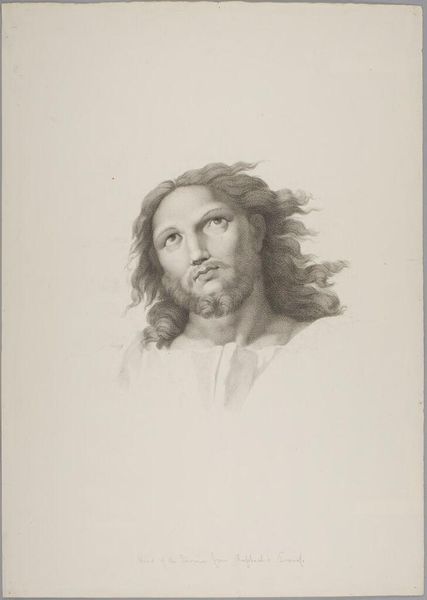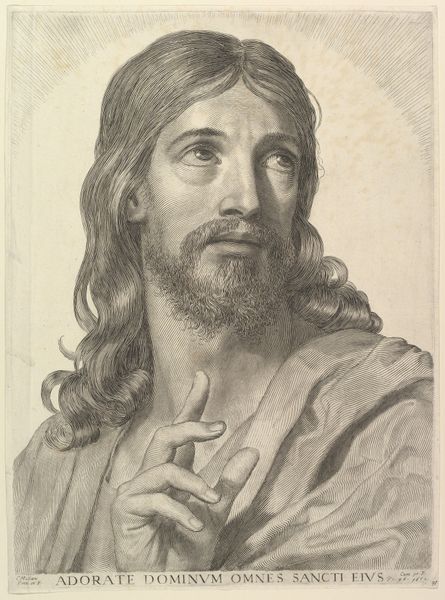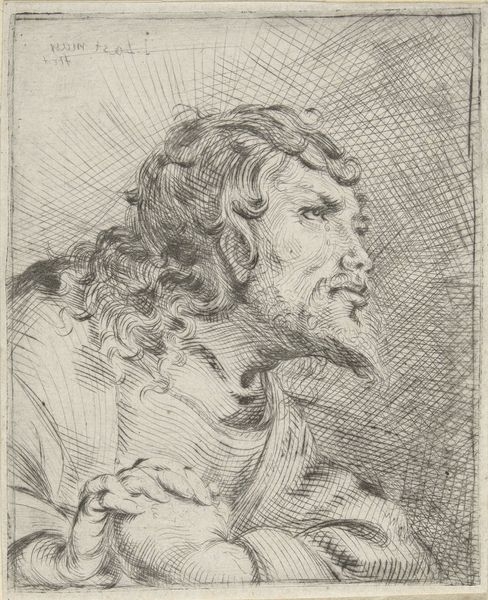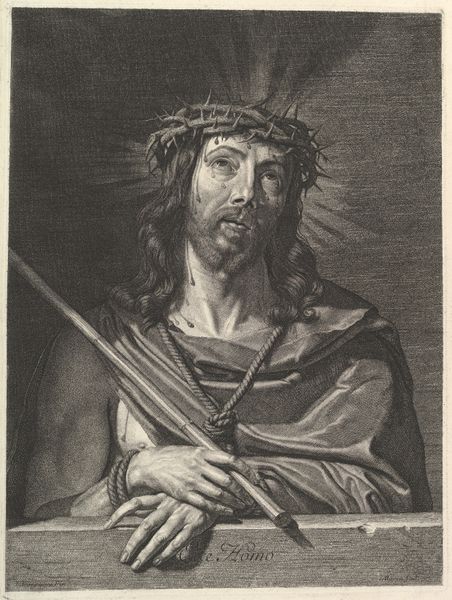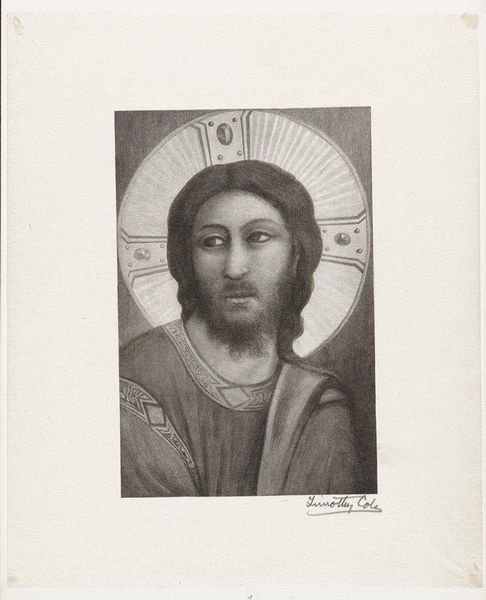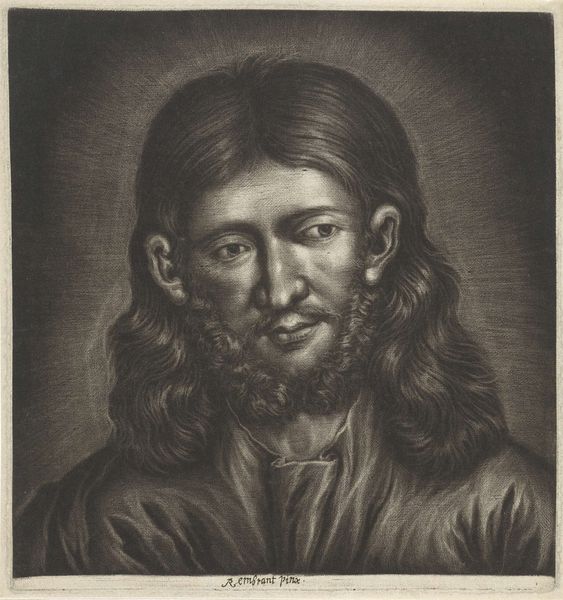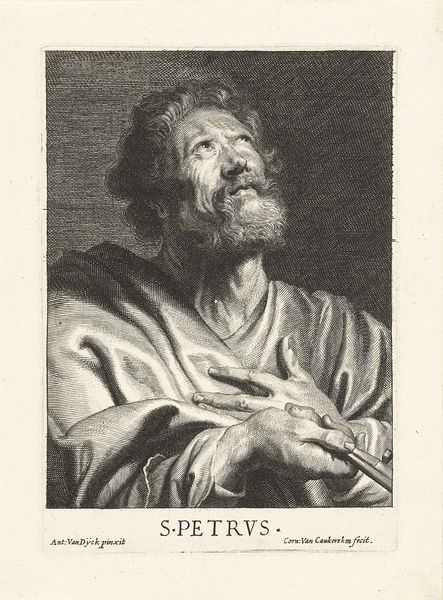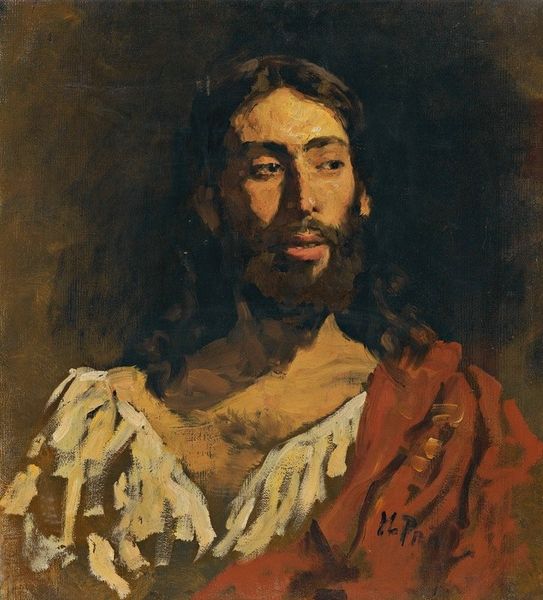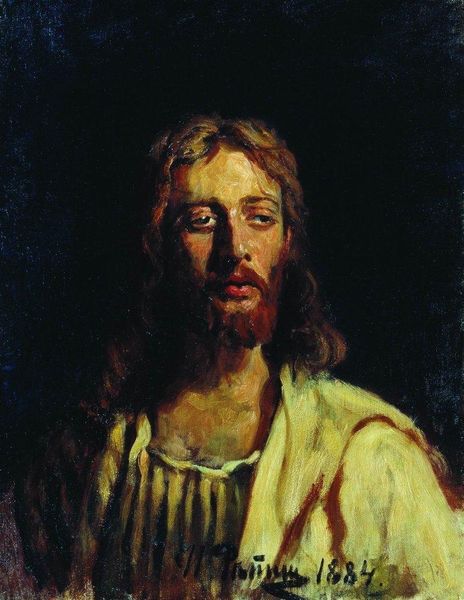
drawing, print, charcoal, engraving
#
portrait
#
drawing
#
baroque
# print
#
charcoal drawing
#
form
#
chiaroscuro
#
line
#
charcoal
#
history-painting
#
engraving
Dimensions: height 235 mm, width 153 mm
Copyright: Rijks Museum: Open Domain
Editor: Here we have Bernard Vaillant's "Christus," dating from the late 17th century. It’s a charcoal drawing or print, depending on how you look at it. There's such a vulnerability in his expression; it’s really quite moving. What is your take on this image? Curator: It’s more than just vulnerability, it’s about power and its subversion. Vaillant, working within a Baroque framework, presents us with a figure laden with historical weight – Christ. But the soft charcoal and delicate lines perform a kind of iconoclasm. The intense chiaroscuro draws the eye not just to the divine but to the suffering and, by extension, to the suffering of all marginalized figures. Editor: Iconoclasm through medium… that's interesting! The choice of charcoal makes it less formal. It doesn't feel like it's meant for the church. Curator: Precisely! Consider the era. The Baroque period, with its grandeur, also faced burgeoning social inequalities. Could Vaillant be critiquing the Church's power, subtly aligning Christ with the common person's experience? Does the use of a less "precious" medium democratize the image of Christ, making him more accessible and relatable beyond the traditional religious elites? Editor: So, it’s about reinterpreting religious narratives. Almost a subtle form of protest. Curator: Indeed! The downcast eyes, the shadow – it’s not about triumph; it’s about the human condition. Vaillant invites us to question not just faith, but the systems that govern belief and perpetuate suffering. The Baroque style emphasized drama, but here, the drama is internalized, reflecting a personal and perhaps even political struggle. Editor: I hadn't considered the political implications of portraying Christ in this way during that era. It really challenges conventional interpretations. Curator: Exactly! It reminds us that art, even religious art, can be a potent force for social commentary and questioning power structures. It prompts us to examine the power dynamics inherent in representation itself.
Comments
No comments
Be the first to comment and join the conversation on the ultimate creative platform.
